A lot of people know about Kabuki theater in Japan, including me, but who knows about Banraku?
Not me, but I loved it.
Called Banraku, the puppets I saw on a recent trip to Japan were about four feet tall, took three people to operate and had really lively facial expresses.
After a few hours of driving from Osaka, across a major bridge at Naruto, featuring a whirlpool where the Pacific Ocean meets the water from the Seto Island Sea as the tides change we arrived at a Banraku Theater and Museum on the Island of Shikoku.
Shikoku
I digress to share that Japan has four major islands (and thousands of little ones) and Shikoku is the least visited. Too bad. It was great with interesting places to visit. (Click here to see last week’s blog post about the Scarecrow Village).
But back to the puppets. They were developed in the 16th century in Osaka and served as a magnet for folks from the farm lands. Typically the theaters were outdoors, the puppets large, the stories raucous and the puppeteers revered.
The puppets are not operated with strings like Marionettes. Instead there are three puppeteers. The main puppeteer operates the eyes and other facial features and the right arm. The other two control the left arm and the feet and legs.
The show we saw was all in Japanese so I really didn’t know the story but it was entertaining. What amazed me was seeing the three puppeteers dressed in black for each character, but as the action progressed I didn’t really notice them.
Also we learned that while the puppets have lots of moving parts—eyebrows, eye lids, tongues and ears—the mouths don’t follow the dialog. The puppets were designed specifically for each story. For example, we saw a head that would slice in two to fit with a fighting scene.
Often the changes in the heads represent the character becoming a spirit —either vengeful or strange.
After the show, the main puppeteers posed for us with the puppets. How fun was that? Heaven for a photography tour group.
The next day we had another fascinating experience. We met with a man who makes the puppets, keeping this traditional craft alive. He is third generation and hopes his son will continue.
Handcrafted Puppets
The puppets are true works of art, carefully crafted by hand. The stories represent ordinary life with some, like the White Buddha, addressing what we would call “diversity” issues.
He showed us the puppets, explaining (through our translator guide) how they operated. I found him as fascinating as the puppets. Clearly in love with what he does.
He also took us up to his workshop where he carved the faces.
I’ll end with some random images of puppets. I have so many images it is hard to choose.

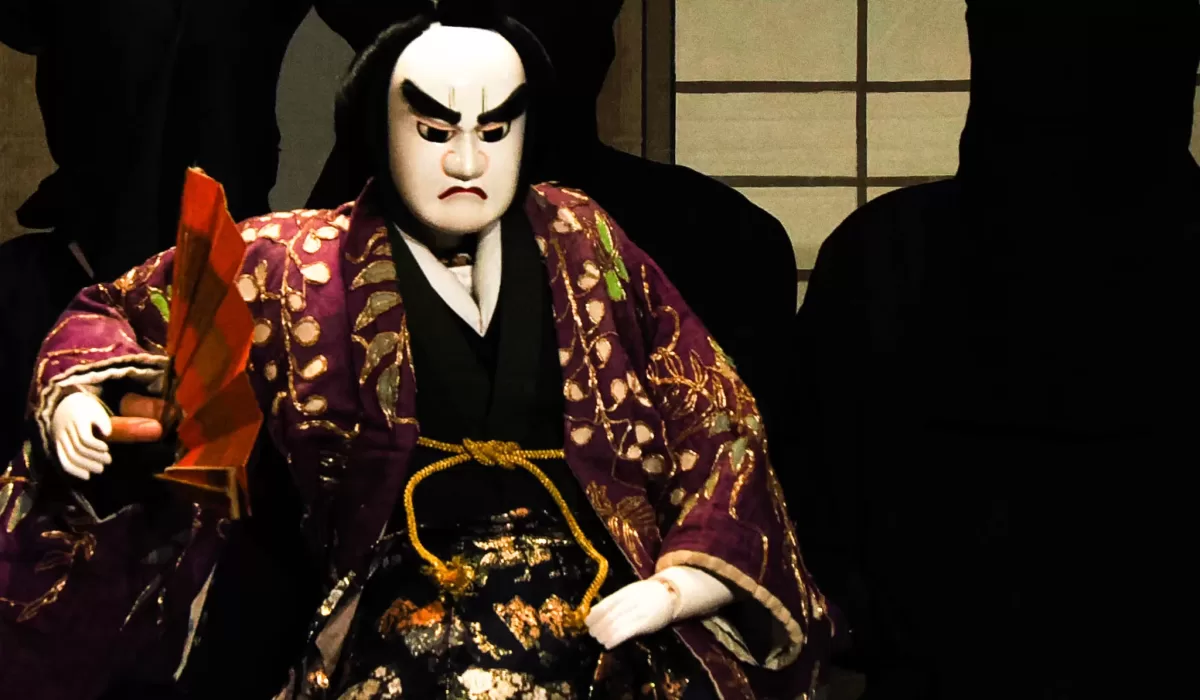




























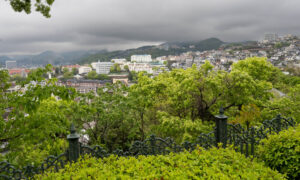
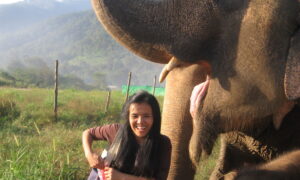
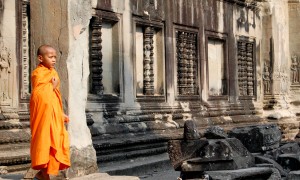
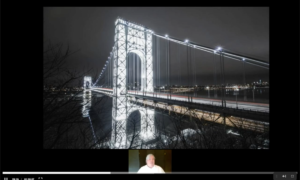
Comments
2 CommentsBarbara Rohwer
Dec 18, 2023These are great Susan!
What a wonderful experience.
Susan J. Smith
Dec 18, 2023Thank you Barb. I appreciate your comment.